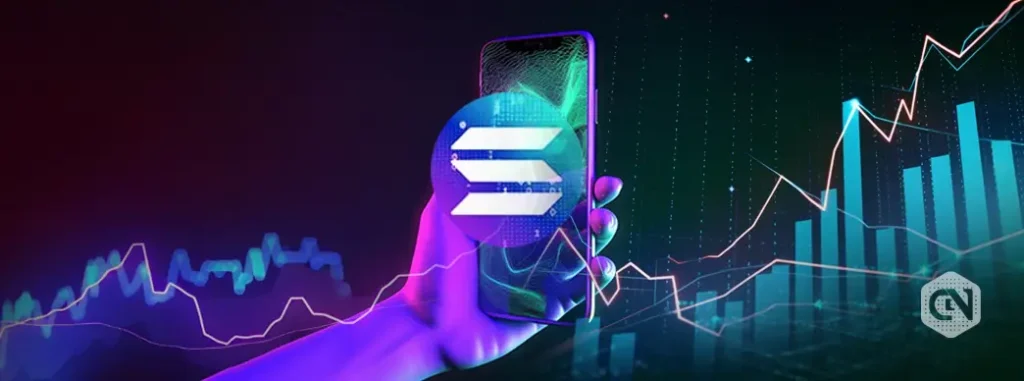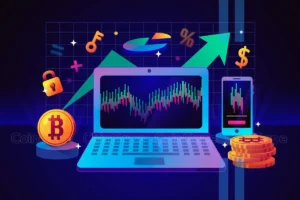Transaction Fees Account for 75% of Successful Transactions’ Revenue

According to a recent Coinbase Institutional report, Solana has outpaced Ethereum in the generation of transaction fees through trading activity. The analysis reveals that an overwhelming 75 to 90 percent of Solana’s fees are derived from trading on decentralized exchanges (DEXes), while for Ethereum, this figure hovers between 55 and 65 percent. Notably, the timing of peaks in network activity aligns predominantly with US business hours, more specifically in the Pacific Time Zone.
Authored by David Han, a research analyst at Coinbase Institutional, the investigation demonstrates that the fee structure of Solana resembles that of other networks but presents a marked emphasis on trading activities.
It is highlighted that a substantial 90% of Solana’s non-voting transaction fees can be traced back to just 0.13% of all active accounts, mirroring patterns of concentration seen in other cost-efficient chains, according to the report. Additionally, much of Solana’s fee revenue is tied to DEXs and their associated trading. The platform’s considerable trade engagement is attributed to its user demographics and an emerging ecosystem characterized by a rise in memecoins, as well as new arenas such as gaming and Decentralized Physical Infrastructure Networks (DePINs). In contrast to Ethereum, which experiences increased activity during New York trading hours, Solana’s network reaches a zenith at 8:00 PM UTC, equating to 1:00 PM PT—hinting at a West Coast-based user population in the United States.
Solana’s cohort of users skews heavily towards Pacific Time Zone hours (based on fee spend), peaking at 1pm PDT (8pm UTC).
Meanwhile, BTC, ETH, and Base fees peak with US East Coast market open. Arbitrum and Polygon PoS peak during Asia open. pic.twitter.com/2zR7nTJOmH
— David Han (@0xdavidhan) October 16, 2024
The analysis also underscores Solana’s unique transaction handling in relation to Ethereum. While transactions on Ethereum involve a sender and a specified recipient, transactions on Solana are based on an instruction model that includes a list of “executing accounts,” thus forgoing a single receiver. This approach benefits security and consequently, complicates the direct comparison of Solana’s usage metrics to those of Ethereum and other Ethereum Virtual Machine (EVM) compatible chains.

Moreover, the Coinbase research touches upon the improvements in Solana’s efficiency, noting that only 26% of the transaction fees in the third quarter of 2024 stemmed from failed transactions—down sharply from a high of 55% back in March. Past critiques of Solana often revolved around its rate of transactional errors, but the recent downward trend in such instances underscores a commitment to augment network dependability.
Notwithstanding its remarkable progress, Solana’s dependency on trading-centric activities may pose future challenges. Should trading volumes retreat, the blockchain might confront a significant downturn in network fee revenue. Currently though, Solana continues to draw significant engagement from users based on the West Coast.
Recommended reading: Solana Price Prediction: Can SOL Break Through $200 Amid an Ongoing 7-Week Bullish Trend?
Source link
#Successful #Transaction #Fees




